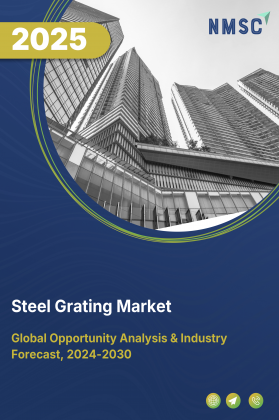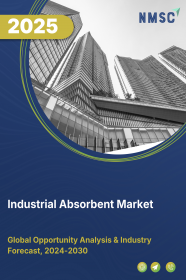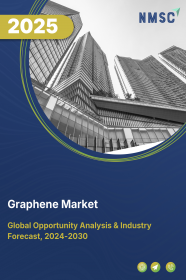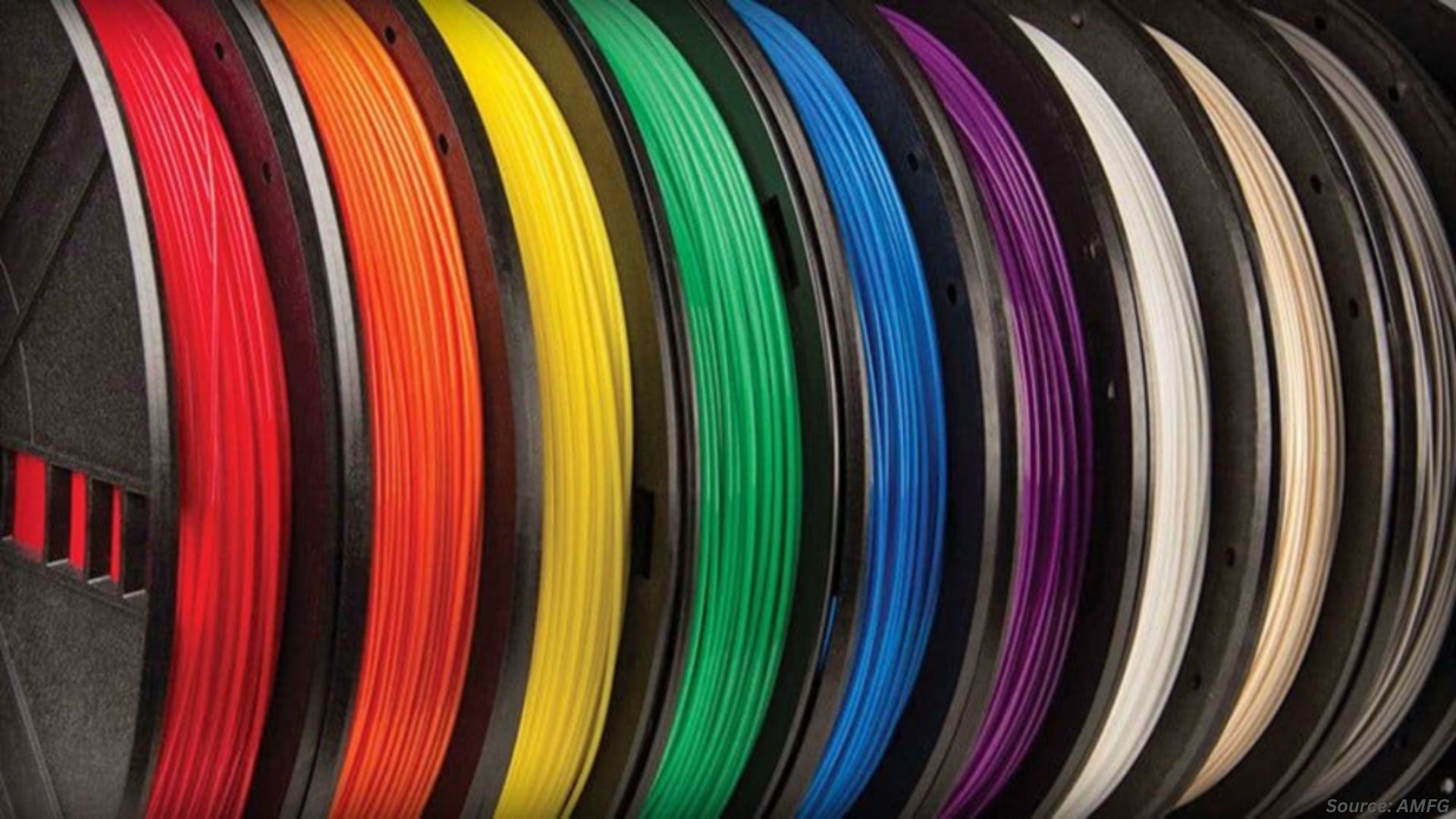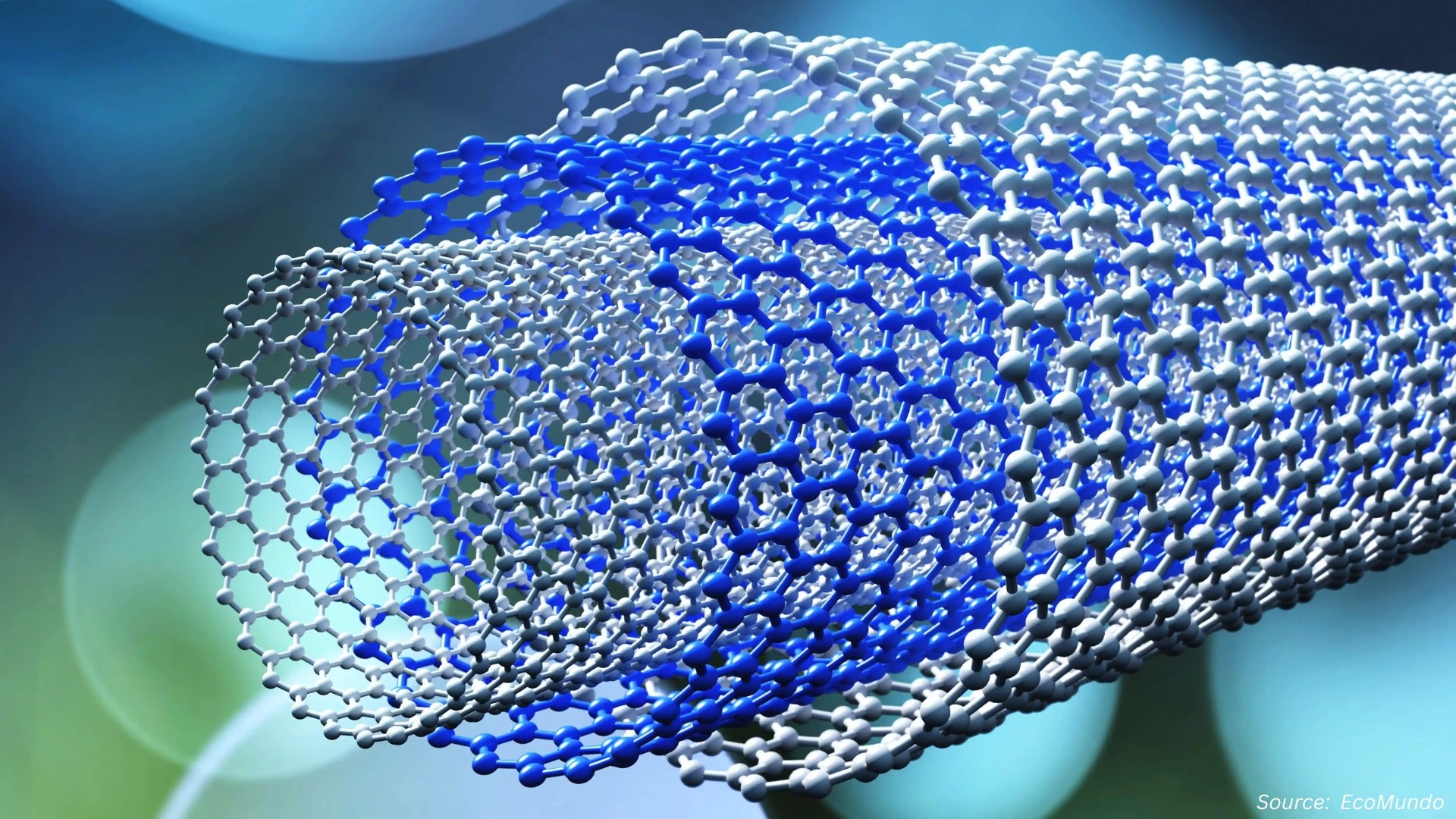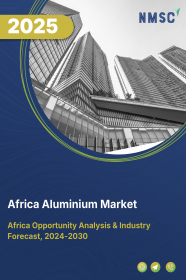
Africa Aluminum Market by Types (Primary and Secondary), by Product Type (Flat-Rolled, Castings, Extrusions, Forgings, Powder & Paste, Billets, Wire Rods and Other Types), by Alloy Series (1xxx Series, 2xxx Series, 3xxx Series, 4xxx Series, 5xxx Series, 6xxx Series, 7xxx Series), and by End User (Transportation, Machinery & Equipment, Construction, Packaging, Electrical Engineering, Others End Users) – Global Opportunity Analysis and Industry Forecast, 2024–2030
Industry: Materials and Chemical | Publish Date: 27-Sep-2025 | No of Pages: 220 | No. of Tables: 214 | No. of Figures: 159 | Format: PDF | Report Code : MC1366
Industry Overview
The Africa Aluminum Market size was valued at USD 3.59 billion in 2023, and is predicted to reach USD 6.53 billion by 2030, at a CAGR of 8.9% from 2024 to 2030. The aluminum market involves the sector engaged in the production, distribution, and application of aluminum, a lightweight and silvery-white metal. Aluminum constitutes about 8% of the Earth's crust and is known for its low density, high strength, and natural corrosion resistance due to an oxide layer. These attributes make aluminum valuable for aerospace, automotive, construction, packaging, and electronics industries. Its lightweight nature improves efficiency, especially in transportation. The production of aluminum involves processing bauxite ore using the Bayer process and electrolysis. Improvements in technology and recycling have enhanced production sustainability, supporting industry growth and reducing environmental impact.
Accelerated Electrification & Renewable Infrastructure Expansion Drive Aluminium Demand
Africa's commitment to transitioning toward electrification and renewable energy is significantly boosting aluminium demand. Aluminium's lightweight, durable, and conductive properties make it indispensable in modern power grids, wind turbines, and solar installations. As countries across the region expand renewable capacity and upgrade electricity transmission networks, aluminium is increasingly relied upon for cabling, structural framing, and energy-efficient components—cementing its role as a foundation of Africa's green transformation.
Sustainability & Regulatory Momentum Elevate Low-carbon & Recycled Aluminium Supply
Strengthening sustainability regulations and consumer preferences are propelling Africa's shift toward low-carbon and recycled aluminium. With circular economy practices at the forefront, industries are adopting secondary aluminium to reduce emissions and ensure resource efficiency. Leading producers are investing in advanced recycling infrastructure and low-emission smelting technologies, aligning with Africa's climate goals. This strong regulatory and industrial push not only enhances supply resilience but also positions Africa as a global leader in sustainable aluminium production.
Energy-Driven Production Challenges and Trade Distortions Undermine Africa's Aluminium Competitiveness
African aluminium producers continue to face mounting challenges as high industrial energy prices, alongside shifting global trade dynamics, weigh on production economics. Persistent energy cost disparities—where electricity can account for a significant portion of smelting expenses—undermine Africa's ability to compete with regions that benefit from lower-cost power and lighter regulatory burdens. At the same time, trade pressures such as U.S. import tariffs on aluminium and increasing competition from subsidised, carbon-intensive imports exert further strain on local producers. These combined factors—energy intensity amid volatile cost environments and distorted international trade—create material obstacles to Africa's aluminium market expansion.
Expansion of Lightweight Green Hydrogen Infrastructure Creates Aluminium Market Opportunity
Africa's ambitious hydrogen strategy is set to unlock a new frontier for aluminium demand. As the region invests heavily in green hydrogen infrastructure to decarbonize hard-to-abate sectors, aluminium is increasingly positioned as a material of choice for system design and deployment. Its exceptional strength-to-weight ratio, corrosion resistance, and recyclability make it well-suited for hydrogen pipelines, high-pressure storage tanks, offshore electrolysis platforms, and ancillary transport systems.
The lightweight nature of aluminium helps improve efficiency in hydrogen handling and distribution, while its recyclability aligns with Africa's stringent sustainability mandates. Moreover, as hydrogen projects scale across industrial clusters, ports, and energy corridors, demand for advanced aluminium alloys tailored to withstand extreme pressure and environmental conditions is expected to surge. This emerging intersection of hydrogen infrastructure and material innovation presents a significant long-term growth avenue for Africa's aluminium producers, positioning the industry as a crucial enabler of the continent's clean energy transition.
Competitive Landscape
Several market players operating in the Africa aluminum industry are Hulamin Ltd, Egyptalum (Aluminium Company of Egypt), ALUCAM, Volta Aluminium Company Limited (VALCO), GZ Industries Limited, Wispeco (Pty) Ltd, Aluminium Du Maroc S.A., Tunisie Profilés Aluminium (TPR), Tower Aluminium Group Plc, Aluworks Limited, Exlabesa Morocco, Midal Cables International Limitada, Metalco Extrusion, Nampak Limited, STRUGAL Algérie, and others.
Africa Aluminum Market Key Segments
By Type
-
Primary
-
Secondary
By Product Type
-
Flat-Rolled
-
Castings
-
Extrusions
-
Forgings
-
Powder & Paste
-
Billets
-
Wire Rods
-
Other Types
By Alloy Series
-
1xxx Series
-
2xxx Series
-
3xxx Series
-
4xxx Series
-
5xxx Series
-
6xxx Series
-
7xxx Series
By End User
-
Transportation
-
Aerospace
-
Automotive
-
Marine
-
-
Machinery & Equipment
-
Construction
-
Packaging
-
Food and Beverage
-
Cosmetics
-
Others
-
-
Electrical Engineering
-
Others End Users
By Region
-
Africa
-
South Africa
-
Nigeria
-
Morocco
-
Algeria
-
Libya
-
Other African Countries
-
Key Players
-
Hulamin Ltd
-
Egyptalum (Aluminium Company Of Egypt)
-
ALUCAM
-
Volta Aluminium Company Limited (VALCO)
-
GZ Industries Limited
-
Wispeco (Pty) Ltd
-
Aluminium Du Maroc S.A.
-
Tunisie Profilés Aluminium (TPR)
-
Tower Aluminium Group Plc
-
Aluworks Limited
-
Exlabesa Morocco
-
Midal Cables International Limitada
-
Metalco Extrusion
-
Nampak Limited
-
STRUGAL Algérie
REPORT SCOPE AND SEGMENTATION:
|
Parameters |
Details |
|
Market Size in 2023 |
USD 3.59 Billion |
|
Revenue Forecast in 2030 |
USD 6.53 Billion |
|
Growth Rate |
CAGR of 8.9% from 2024 to 2030 |
|
Analysis Period |
2023–2030 |
|
Base Year Considered |
2023 |
|
Forecast Period |
2024–2030 |
|
Market Size Estimation |
Billion (USD) |
|
Growth Factors |
|
|
Companies Profiled |
15 |
|
Market Share |
Available for 10 companies |
|
Customization Scope |
Free customization (equivalent up to 80 working hours of analysts) after purchase. Addition or alteration to country, regional, and segment scope. |
|
Pricing and Purchase Options |
Avail customized purchase options to meet your exact research needs. |

















 Speak to Our Analyst
Speak to Our Analyst



